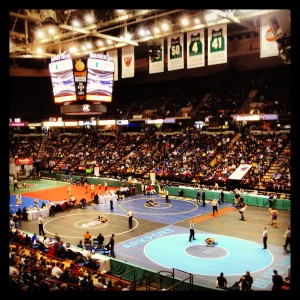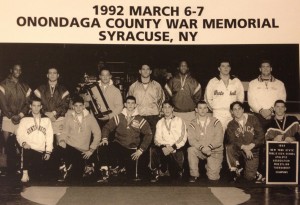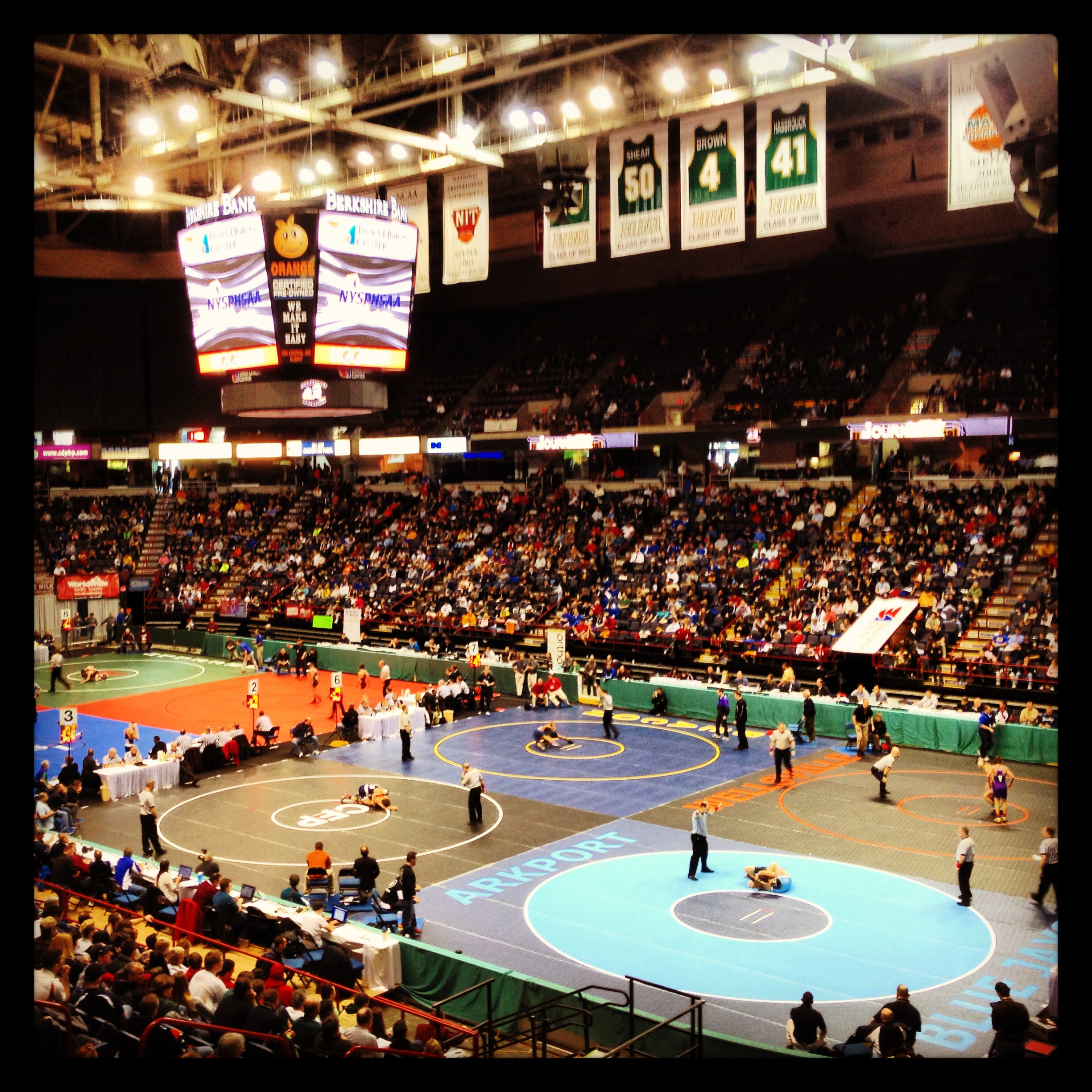
ALBANY — The International Olympic Committee’s decision to pull wrestling from the 2020 games sent shockwaves through the wrestling community. They decided to rid the games of a sport that has been in the Olympics since 1896.
“This is a process of renewing and renovating the program for the Olympics,” IOC spokesman Mark Adams told reporters. “In the view of the executive board, this was the best program for the Olympic Games in 2020. It’s not a case of what’s wrong with wrestling, it is what’s right with the 25 core sports.”
It’s not quite over yet. There is still plenty of time since they can gain a reprieve if it can survive two more IOC votes in upcoming months.
“This is not the end of the process, this is purely a recommendation,” Adams said.
In some countries, wrestling is the premier sport. While it’s not a mainstream form of athletic entertainment in America, the NCAA Wrestling Tournament is one of the most highly attended and watched collegiate sporting events in the nation and wrestling at every level, in almost all areas of the country, has a resounding following and respect from parents, fans, and educational administrators.
In Sachem, it’s one of the most historically significant programs. It has generated countless scholarships for student-athletes, brought national exposure to the school district and made men out of young boys who put in countless hours of work in the Jack Mahoney Wrestling Room, and also the room at Sachem East, for decades.
Some of the top wrestlers in Sachem’s history have connections with the U.S. Olympic Wrestling Team. Among them are Wade Genova (’78), Dan Mayo (’82) and Isaac Ramaswamy (’85). Team USA is made up of the top three wrestlers in each weight class in the country. They are either No. 1 for the Olympics or the two alternates in each weight:
- 1984 Olympic Greco Roman Team – Wade Genova, Class of ’77, Alternate
- 1992 Olympic Freestyle Team – Dan Mayo, Class of ’82, Alternate
- 1996 Olympic Greco Roman Team – Isaac Ramaswamy, Class of ’85, Alternate
Ramaswamy, an assistant wrestling coach at Sachem East, is confident wrestling will not be removed from the Olympics. He cited countries like Iran, Turkey, Russia, France and the United States as being too passionate about the sport to just let it slip through the IOC’s fingers.
Jack Mahoney agreed.
“A country like Iran would never let that happen,” he said.
Protests have already begun across the globe in support of wrestling. In Tehran, wrestlers protested during the Freestyle Wrestling World Cup competition on Thursday by holding a banner that read, “Olympic without wrestling! never never,” in English and in Farsi.
During the opening segment of the New York State Wrestling Championships at the Times Union Center in Albany on Friday, Robert Stulmaker, an Assistant Director of the New York State Public High School Athletic Association, made note of the IOC’s decision.
“I wish the IOC could witness the success and dedication of these wrestlers here,” he said to thousands of fans.

Mayo and Kraft made history: For all the wrestling success Sachem has had in the last 40 years, the Flaming Arrows have only had two Most Outstanding Wrestlers in the New York State tournament. Jason Kraft won it in 1992 and Dan Mayo in 1983.
Coincidentally, Sachem East head coach Sean O’Hara and Sachem North assistant coach John Aebly were both seniors on that ’92 team that brought seven Sachem wrestlers to states.
States on Long Island: The New York State Wrestling Tournament has existed since 1963, but has only been hosted on Long Island three times: 1964 and 1966 at Walt Whitman High School, and 2006 at Nassau Veterans Memorial Coliseum. The tournament will be held in Albany until at least 2016, according to a deal struck in 2009.
O’Hara finishes as Sachem’s winningest grappler: Sachem East senior Conor O’Hara ended his wrestling career at Sachem on Friday night in the consolation bracket. After winning his preliminary round match to open the state tournament at 132 pounds, he finished his career with 152 victories, the most of any wrestler in Sachem history, district wide.
-Words and photos by Chris R. Vaccaro
